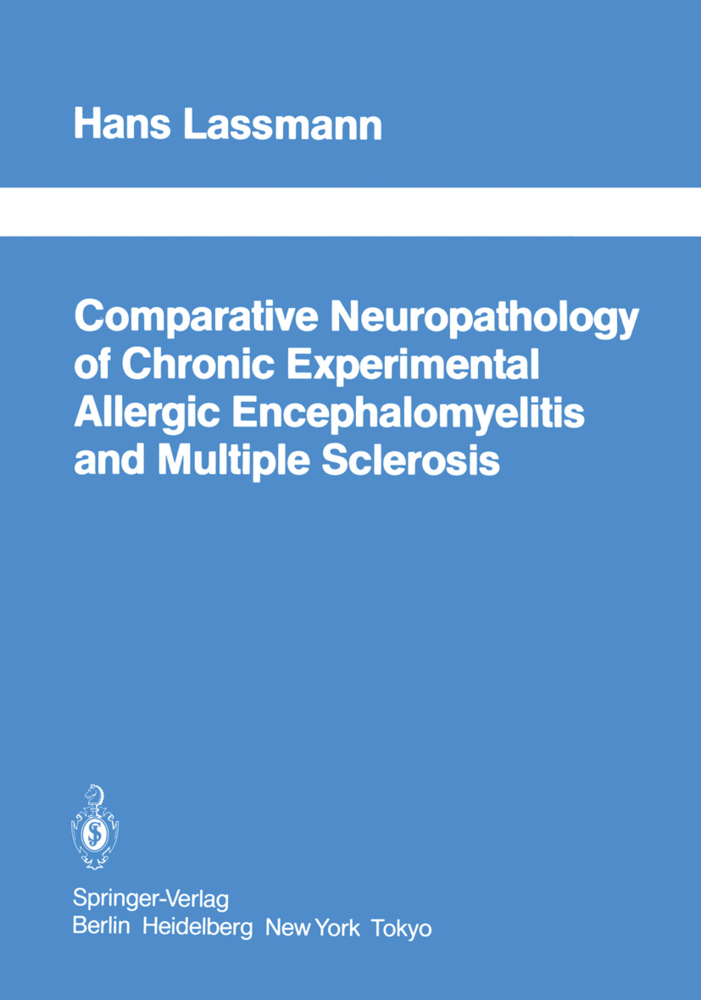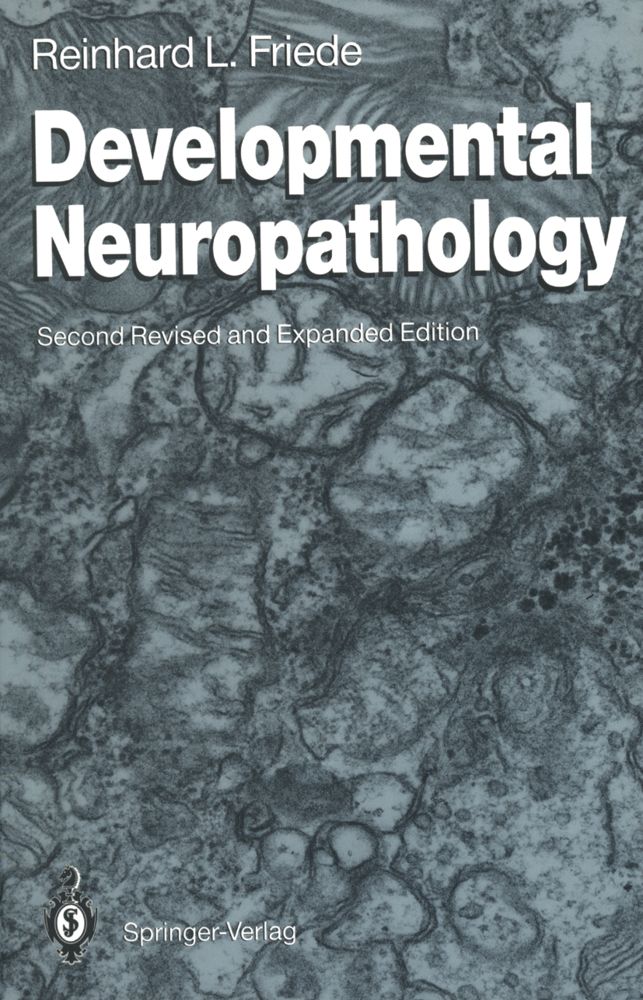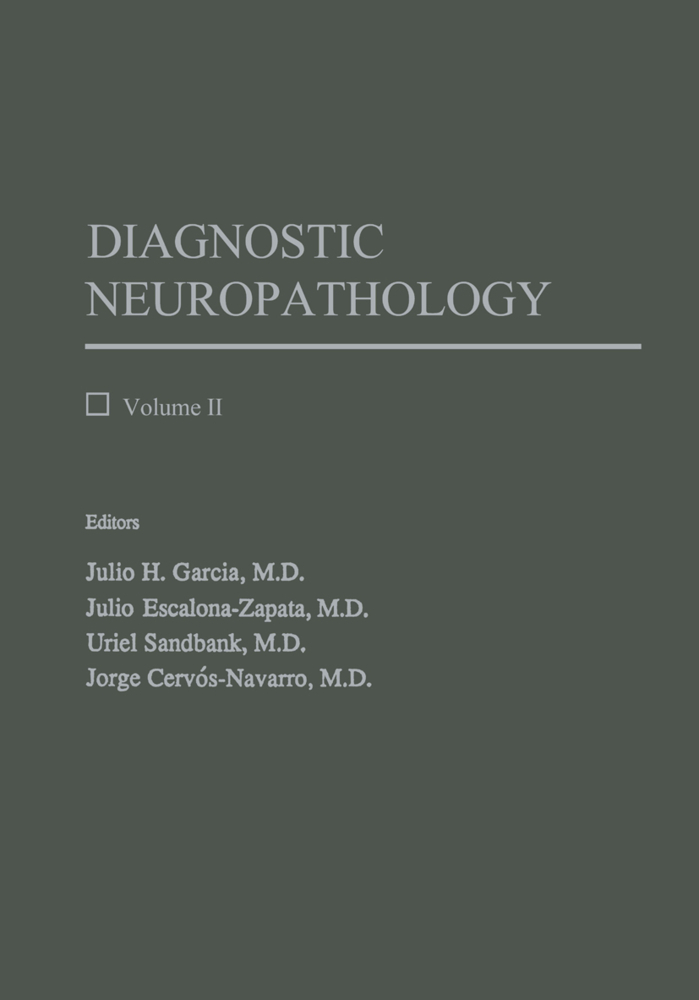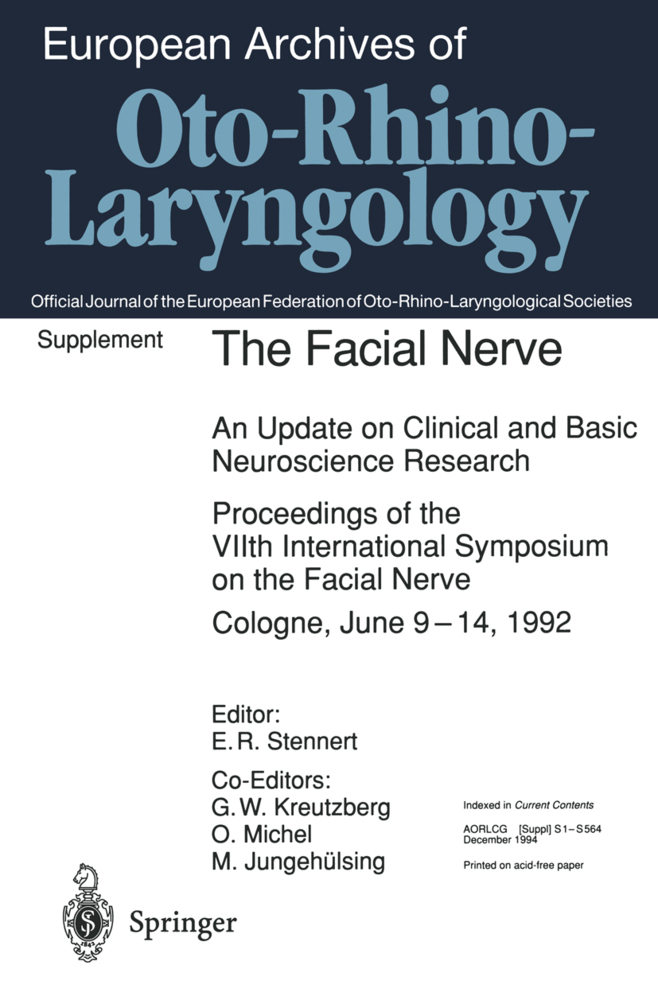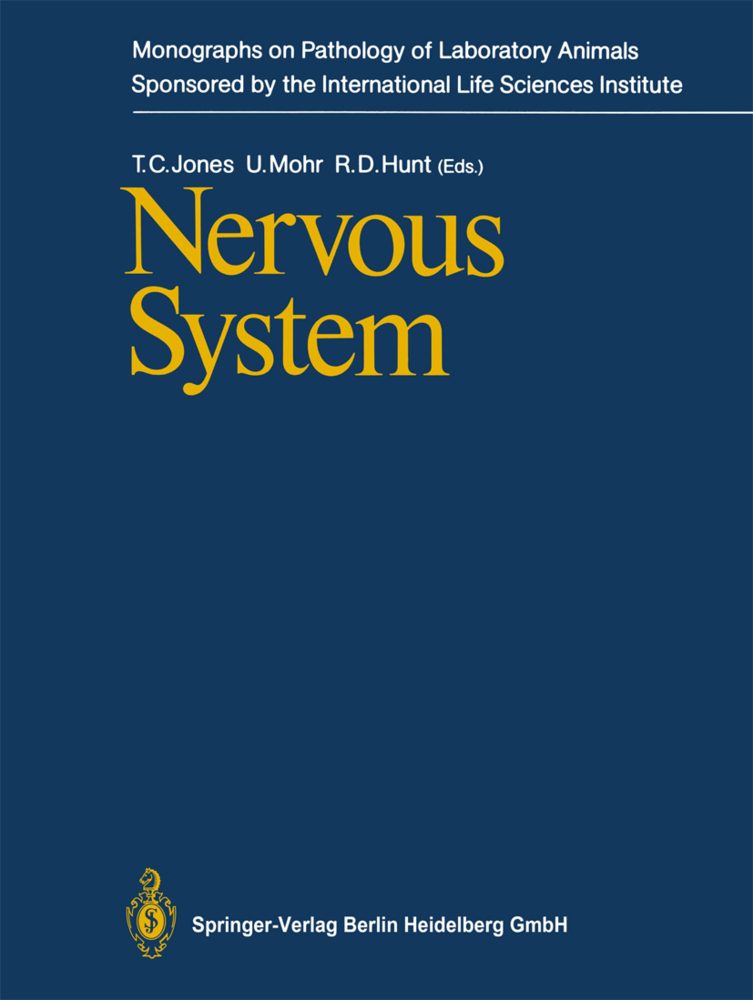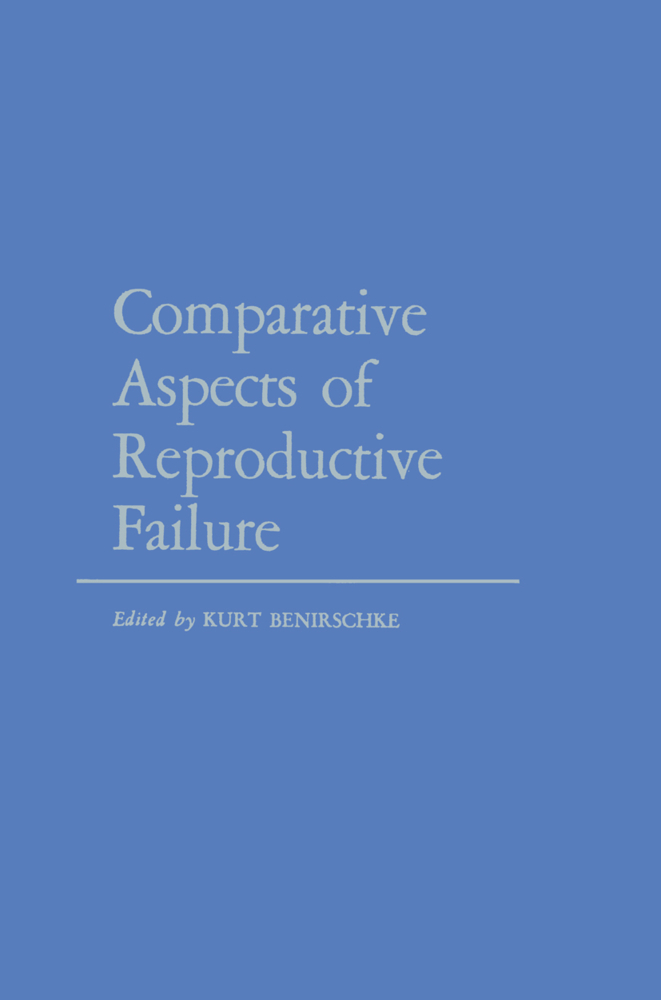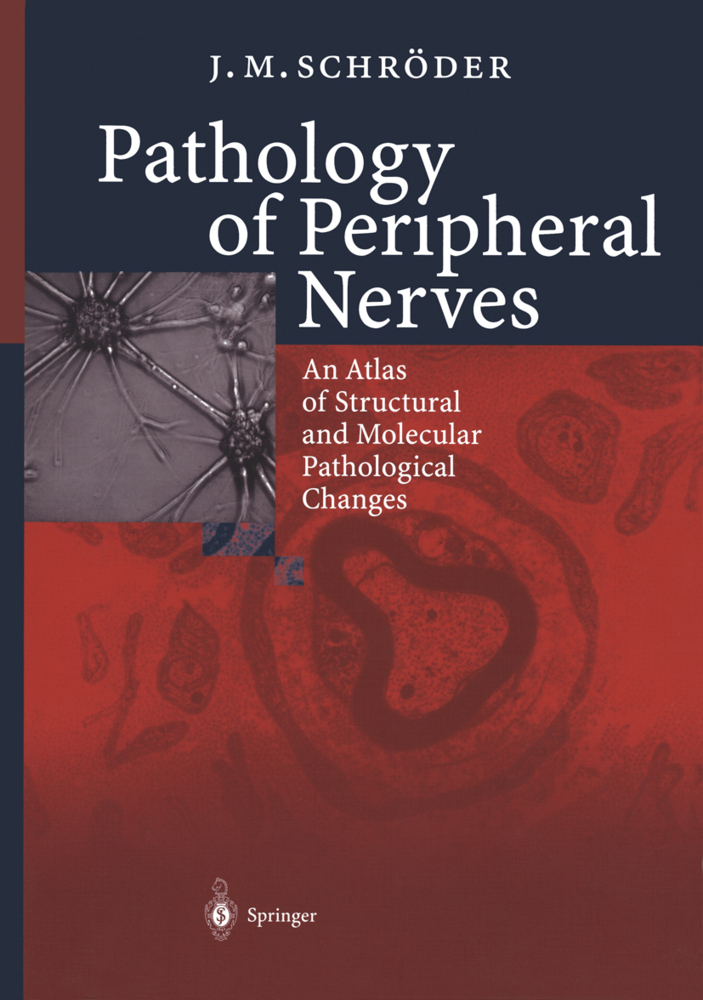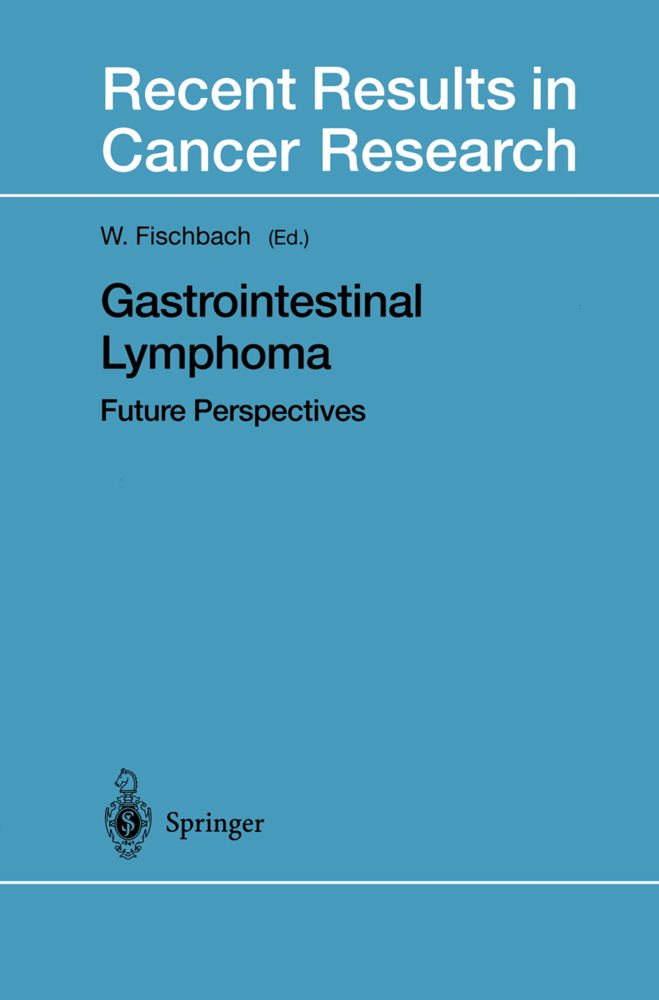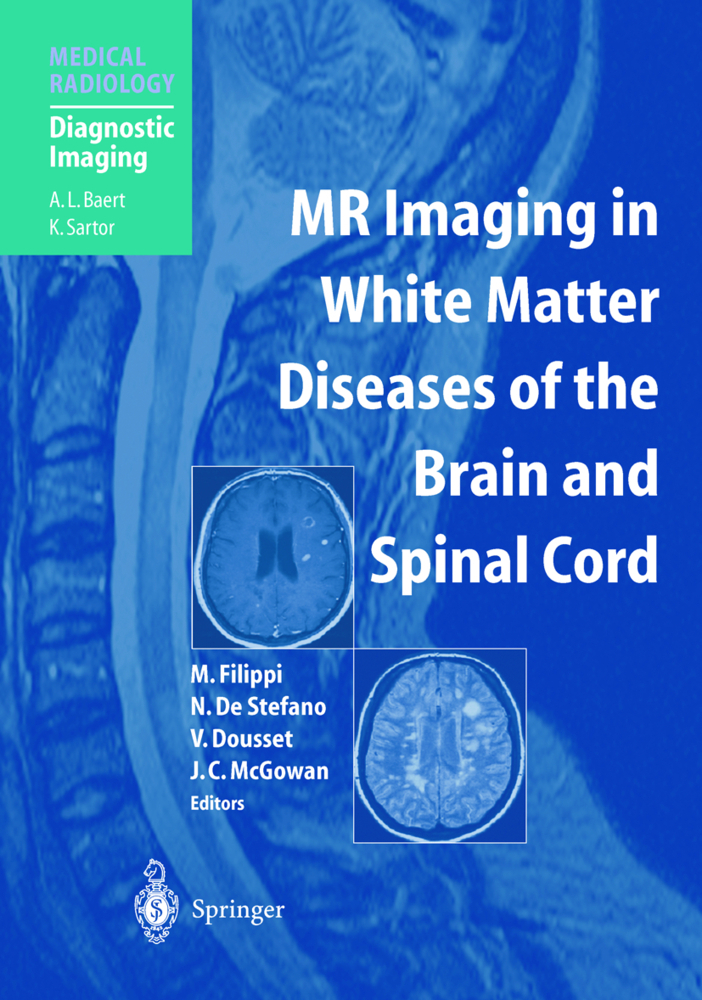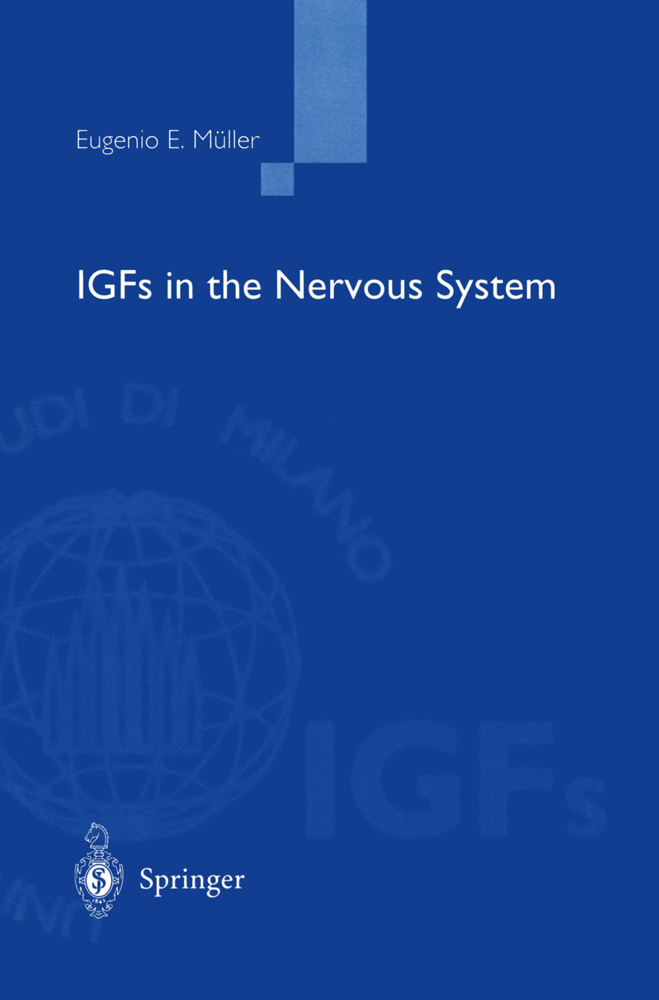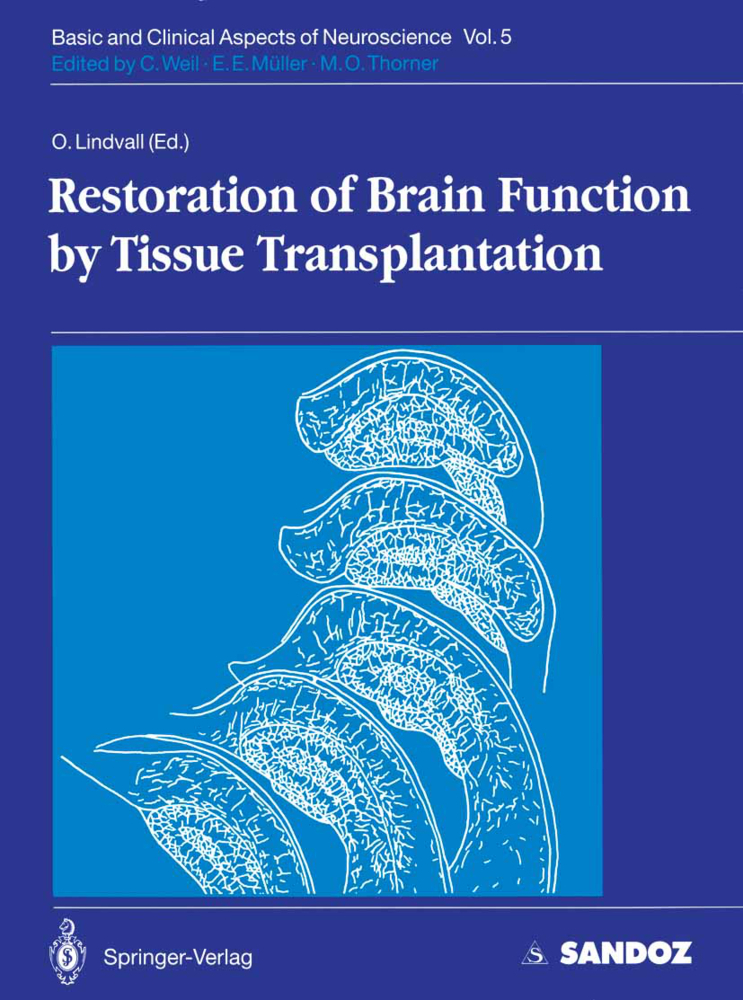Comparative Neuropathology of Chronic Experimental Allergic Encephalomyelitis and Multiple Sclerosis
Comparative Neuropathology of Chronic Experimental Allergic Encephalomyelitis and Multiple Sclerosis
For several decades the unsolved etiogenetic and therapeutic problems of multiple sclerosis have offered the strongest challenge to research in neu rology. The hope of decisive theoretical and practical progress increased when an experimental model presenting far-reaching conformity of structural and pathogenetic features was developed, namely chronic re lapsing experimental allergic encephalomyelitis (CREAE). During the past years, Dr. Lassmann has contributed substantially to the adaptation of this model with the aim of comprehensive evaluation, thoroughly fol lowing up his own ideas in numerous studies of individual aspects. The new possibility of continuous and detailed investigation of the clinical, morphological and immunological characteristics of temporal phase sequence of autoimmune demyelination has led to many new findings, corrections offormer hypotheses, and, from correlated studies of human multiple sclerosis, a series of important data concerning, for example, early manifestations of demyelination, the range of so-called acute mul tiple sclerosis and the incidence of remyelination. Moreover, Dr. Lass mann has analysed several special problems which became definable in the course of his own studies or in collaboration with other groups, in cluding the initial distribution of demyelinated foci, the cerebrospinal fluid phenomena and immunological findings in the nervous tissue. The results of these separate studies also led to a deeper understanding of demyelinating processes. This monograph integrates these studies and summarizes their re sults.
2.1 Experimental Models
2.2 Human Diseases
3 Allergic Encephalomyelitis in Humans
4 The Pathology of Inflammatory Demyelinating Lesions
4.1 Inflammatory Reaction
4.2 Vascular Pathology
4.3 Blood-Brain Barrier
4.4 Demyelination and Myelin Degradation
4.5 The Fate of Oligodendroglia
4.6 Remyelination
4.7 Sclerosis
4.8 Axonal and Neuronal Pathology
4.9 Meningeal Pathology
4.10 Peripheral Nervous System Pathology
4.11 Patterns of Plaque Growth
4.12 Lesional Topography in the CNS
4.13 The Variability of Inflammatory Demyelinating Lesions
4.14 EAE as a Model of Human Inflammatory Demyelinating Diseases
5 Immunopathogenetic Considerations
5.1 Transfer Studies
5.2 The Possible Role of Autoantigens in the Pathogenesis of Inflammatory Demyelinating Lesions
5.3 Conclusions
6 Addendum: Material and Methods - Models of Chronic EAE
6.1 Material and Methods
6.2 Factors Modifying the Development of Chronic EAE Models
7 References.
1 Introduction
2 The Spectram of Inflammatory Demyelinating Diseases2.1 Experimental Models
2.2 Human Diseases
3 Allergic Encephalomyelitis in Humans
4 The Pathology of Inflammatory Demyelinating Lesions
4.1 Inflammatory Reaction
4.2 Vascular Pathology
4.3 Blood-Brain Barrier
4.4 Demyelination and Myelin Degradation
4.5 The Fate of Oligodendroglia
4.6 Remyelination
4.7 Sclerosis
4.8 Axonal and Neuronal Pathology
4.9 Meningeal Pathology
4.10 Peripheral Nervous System Pathology
4.11 Patterns of Plaque Growth
4.12 Lesional Topography in the CNS
4.13 The Variability of Inflammatory Demyelinating Lesions
4.14 EAE as a Model of Human Inflammatory Demyelinating Diseases
5 Immunopathogenetic Considerations
5.1 Transfer Studies
5.2 The Possible Role of Autoantigens in the Pathogenesis of Inflammatory Demyelinating Lesions
5.3 Conclusions
6 Addendum: Material and Methods - Models of Chronic EAE
6.1 Material and Methods
6.2 Factors Modifying the Development of Chronic EAE Models
7 References.
Lassmann, Hans
| ISBN | 978-3-642-45560-5 |
|---|---|
| Artikelnummer | 9783642455605 |
| Medientyp | Buch |
| Auflage | Softcover reprint of the original 1st ed. 1983 |
| Copyrightjahr | 2014 |
| Verlag | Springer, Berlin |
| Umfang | IX, 138 Seiten |
| Abbildungen | IX, 138 p. 34 illus. |
| Sprache | Englisch |

